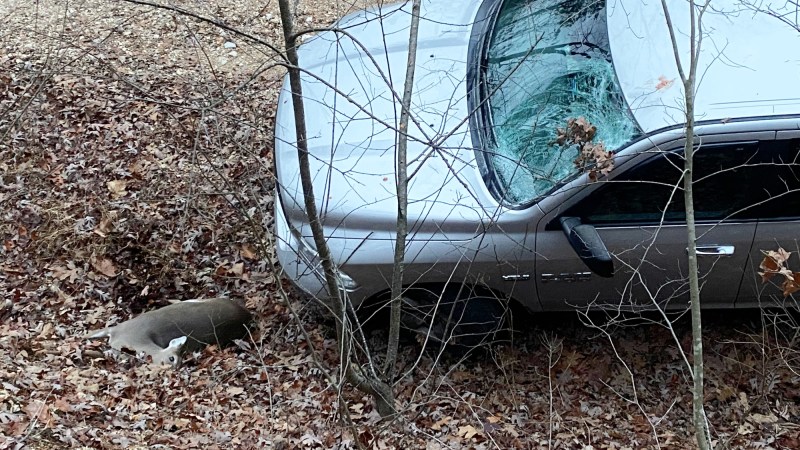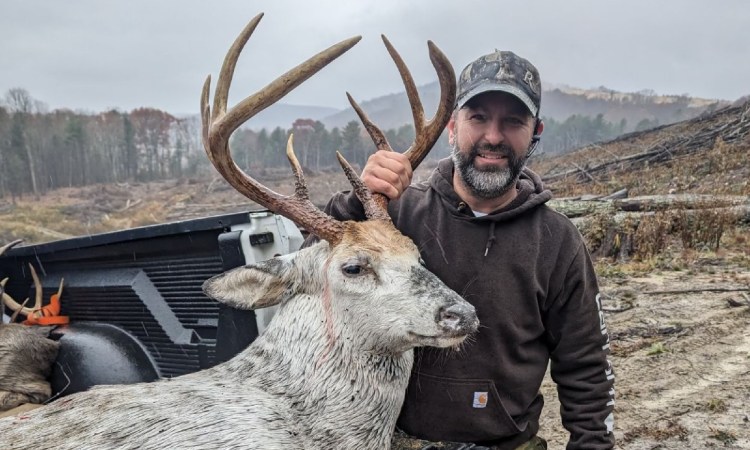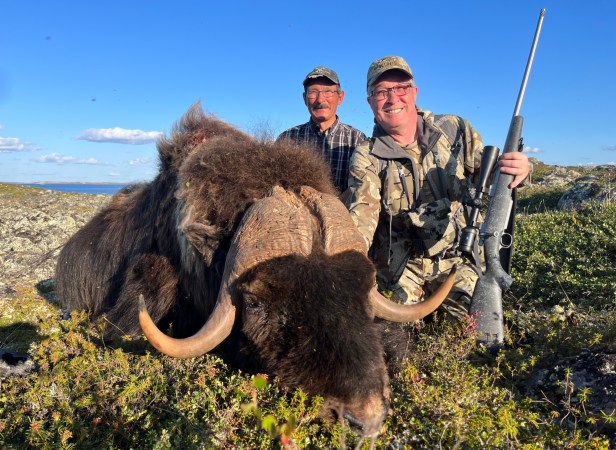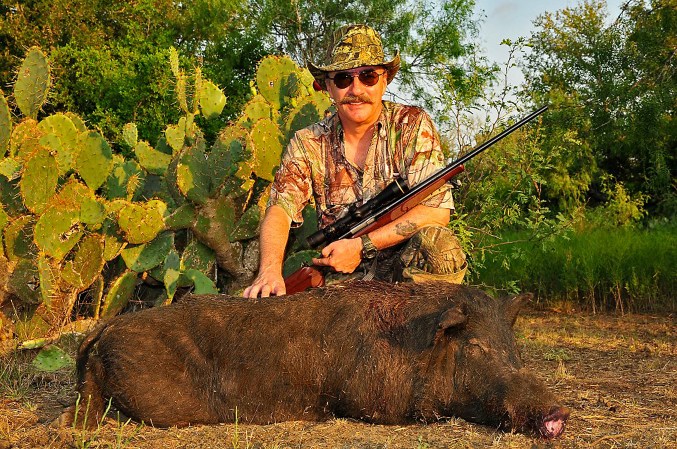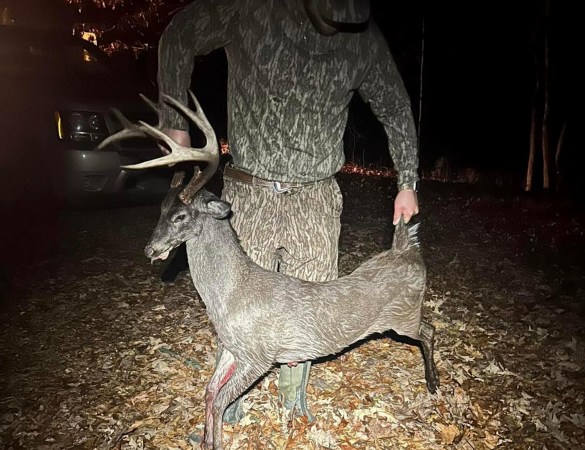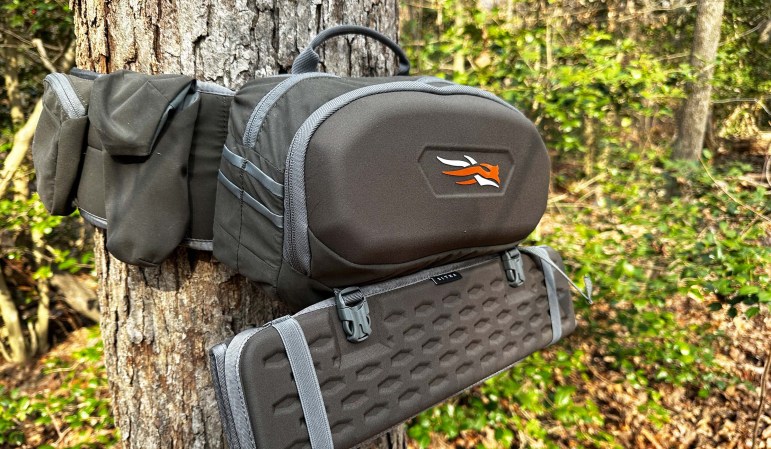Many of the deer hunting strategies we rely on aren’t scientifically proven. For the most part, we go with the gear and tactics that have worked in the field, not necessarily in research studies. The most controversial example of this is probably scent control. Numerous products claim to minimize human scent, and some of them are gimmicks. In this world of scent-control, the most technologically-advanced strategy — as well as one of the most dubious — is to use ozone.
Ozonics is the company that first used ozone to minimize hunter’s scent in 2007. In the decades to follow, the company has sold hundreds of thousands of units, says Ozonics president Buddy Piland. The current topline Ozonics unit costs $456 (on sale), which is serious cash for most deer hunters. Piland admits that marketing Ozonics so it’s perceived as a legitimate product (and not a gimmick) has been a challenge over the years.
“I’m selling you an invisible molecule,” he says. “I’m saying ‘Hey, there’s something coming out of this box that will keep deer from smelling you.’”
So is the price of Ozonics worth it? Do these units actually work as advertised?
You can search around on the internet and find testimonials from a variety of deer hunting personalities promising that Ozonics is a “game changer.” But you can also find testimonials from hunting personalities and influencers promising that almost any gear item out there works, no matter how frivolous it might be.
Cynical deer hunters don’t believe the hype, and they might not even believe the anecdotes of outdoor writers and editors. As hard as we searched, we couldn’t find any scientific, peer-reviewed research on the effectiveness of using ozone to kill human scent in the field.
So we devised a totally anecdotal, but also totally unbiased, experiment of our own. We gave new Ozonics units to five diehard deer hunters who have no sponsorships, TV shows, or big social media followings, and had them test the units throughout their 2023 deer season.
They are all experienced and skilled hunters who have killed big bucks over the years, but they’re also regular dudes. Most of them work blue-collar jobs when they’re not hunting. They have no problem calling out bullshit. Most importantly, they spend a lot of time in the woods. Altogether, they had more than 400 deer encounters while running Ozonics units.
We sent each hunter a survey at the end of their season. We did not pay them for participating in the survey (and neither did Ozonics).
How Ozonics Is Supposed to Work

Ozonics
But before we can decide if Ozonics works, or doesn’t work, we need to understand ozone. As Piland puts it, ozone is a molecule made of three connected oxygen atoms (O3), which is unstable and wants to revert to its natural state. Ozone attaches to bacteria or scent molecules and oxidizes them. Ozone is used in a variety of industries (you can read all about it here) but the takeaway for deer hunters is that the ozone being created by an Ozonics unit is supposed to attach to our scent molecules and neutralize them, thus preventing deer from smelling us.
There are a variety of ozone-producing devices on the market that can be used to treat clothing (usually in a bag), but Ozonics is the only company that produces a device suitable for use in the field.
Explained very plainly, an Ozonics unit creates ozone by sending high-voltage electricity through a coil and then blowing air across that coil. Over the years, the company has experimented with different levels of ozone generation and modern units now have selectable levels of ozone to match a variety of field conditions.
Piland says the best way to visualize how ozone and scent work is to imagine a stream with rocks and eddies that disrupt and change the flow of water. That’s a lot like how wind works as it moves across the landscape. Now imagine pouring red dye (your scent) into the stream. It won’t flow consistently downstream. In some places it will move faster, in others it will stop and pool. Lastly, imagine dropping purple dye (the ozone) into the stream on top of the red dye. In some places the purple will completely blanket over the red (effectively destroying your scent). In others, the red and purple will blend to make a slightly different color (altering your scent).
“[With ozone] sometimes you’ll see deer and they’ll definitely smell something, but they don’t panic and run away,” Piland says. “It’s more like, ‘Oh, I’ve never smelled that before.’”
And finally, in some places the red dye and the purple dye will never overlap. The same thing can happen with your scent in the wind. The faster the flow of the stream and the more eddies it has, the more purple dye you’ll need in order to obscure or change the red. In the field, this means more wind and more unstable wind means you need more ozone to neutralize your scent.
“So what you need to do [while hunting in higher winds] is figure out how to best dump your ozone … by adjusting the angle of the unit and the distance it is from you,” Piland says.
What the Unbiased Hunters Say
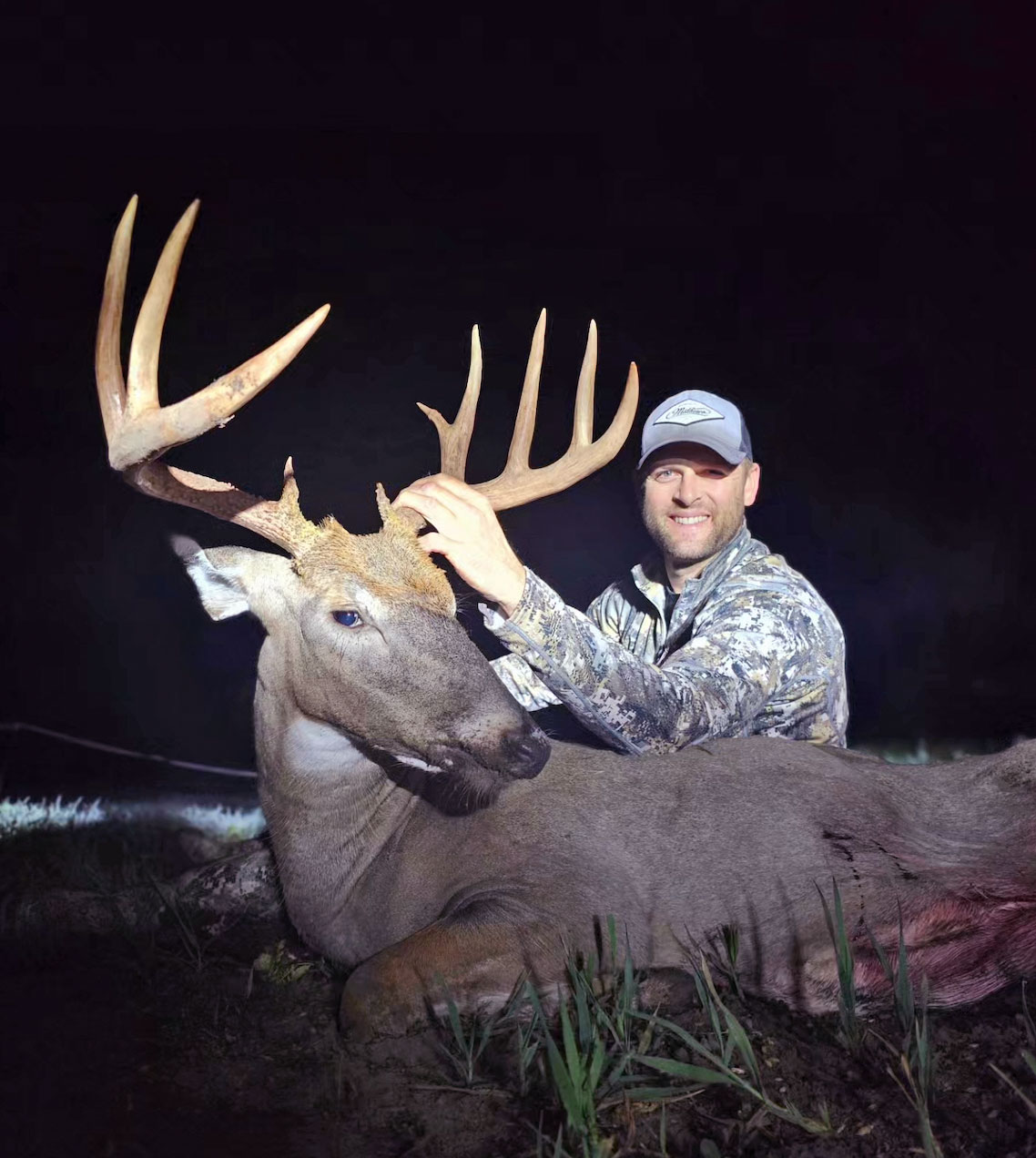
Photo by Cole Fabro
All our hunters reported that Ozonics either had a “very noticeable positive impact” on their hunt or “some noticeable positive impact” on their hunting. All of them said that they would continue to use Ozonics in the future.
Combined, they had approximately 435 deer encounters and were clearly busted by deer a total of 24 times. That’s a rate of only 5.5 percent, with many of the encounters occurring downwind. Some hunters had zero deer bust them throughout the entire season. Their anecdotes from the field provide examples of how the units performed.
Justin Cearlock, Illinois
“A good example of the Ozonics helping was an evening hunt in late October. Four doe and fawns came in upwind. A mature buck followed them in about 15 minutes later and started pushing them a little. Three of the does eventually got downwind of me. They definitely noticed a smell they didn’t like, but never were able to get enough scent to spook. They spent 10 to 15 minutes walking around with their noses in the air trying to smell me. Meanwhile the buck spent close to 10 minutes within 20 yards of me making a scrape and just watching the does. I decided not to shoot the buck, because he had a smaller rack, but there is no doubt in my mind that I don’t get that opportunity without the Ozonics.”
Brent Cearlock, Illinois
“Yes, even when trying to play the wind, deer still often manage to get downwind at times. I have noticed that with the unit on, their reaction is much less of an issue when they do get downwind. My experience has been that deer either walk right through my scent cone or if they do stop and try to wind me, they are unsure of what they are smelling and eventually continue past without snorting or blowing. The unit is not foolproof but it certainly helps, based on my experiences.”
Cole Fabro, Minnesota
“We had a questionable to flat-out-wrong wind a few times this season while sitting over food plots. Normally I would hunt something else or stay home in this situation, but I was curious about how well the system would work in this scenario. In one hunt, the deer entered the field, and they fed into my downwind side. The younger deer had zero idea that we were there. An older doe picked up enough to know that something was off, but she couldn’t seem to pinpoint our location or gather enough scent to sound the alarms. She moved about 15 yards, slightly alerted, but was calm and feeding again within a minute.
I was very skeptical before using the system. It’s impossible to completely fool a deer’s nose. However, hunting from the ground and having deer downwind of me on multiple occasions, and not having them blow out of the field in most cases was a bit mind boggling to me. The deer that would detect something seemed to be confused about what, or where, I was. And that definitely bought me more time to make a shot. I killed a nice buck in the bluffs of Minnesota where my wind was swirling fairly bad. He came to 20 yards and didn’t have a clue I was there. I’m fairly certain that scent was pushing up into the ravine at the time he came in, as I could feel the wind shift onto my neck blowing into his direction. Judging from my encounters with hundreds of deer and countless ‘scent destroying’ products, Ozonics was the only one that I believe to work as they advertise, in most cases.”
Kyle Hildreth, Minnesota
“I had many encounters with deer coming in downwind, with zero instances resulting in any deer blowing. I did, however, definitely have some encounters where I do believe the deer smelled something — whether it was the ozone or a hint of me.”
Hunter Dahl, Missouri
“I had deer walk to 10 yards downwind. They knew something was up but never busted.”
Read Next: Best Cellular Trail Cameras
Final Thoughts on Ozonics
The hunters in our survey had a clear-eyed perspective on Ozonics. They all felt that it worked, but no one said that it was a silver bullet for fooling deer. They also agreed it was not a perfect unit — most agreed that it would be better if the unit was quieter. It didn’t spook deer, but it made it harder to hear deer approaching. It’s a bit of a hassle to set up. Plus, there are minor health concerns involved with using ozone. You should make sure to educate yourself on those issues if you’re considering springing for a unit.
But the numbers don’t lie. The hunters in our survey encountered a ton of deer and spooked very few. They all attributed at least some of that success to the Ozonics units working effectively. That might not count as scientific data, but in the mysterious world of scent control, it’s as good of a field test as you’re going to find.




